
I say it almost every day: I love my job. There’s no better feeling in the world for me than when I’m in the studio and helping other people achieve their personal or professional goals. I do my best to position them with my executive portraits, commercial shoots, or new business branding sessions and give them the boost they need in their image. But, many professionals don’t understand the bigger picture of branding. From doctors and lawyers all the way to make up artists and hair stylists, they seem to miss the importance of a digital presence. That’s why I’m giving you the 3 biggest tips to build your digital brand in 2016!
Consider this your “SEO 101” Crash Course:
- If you build it, they will come: the website
If you don’t have a business website or social media page, you’re doing it wrong. It’s estimated that 85% of consumers will check products or services online before they make any sort of decision in the buying process. If they can’t Google you, then you’ve already lost the sale. Be visible, be available, and be online. - Create quality content
After you have a website and social media presence, you have to create content so you become visible online. No one’s going to find you unless you have searchable, shareable media that interests an audience. Take photos, write whitepapers, post regularly and be consistent. The digital marketplace has the mentality of, “what have you posted lately?” Last year’s newsletter will not hold anyone’s attention – roll content out immediately. - Get on your grind
Again, the mentality is, “what have you done for me lately?” Stay busy, network, post vigilantly and be current. Stay on top of current events in your industry. Become a thought leader and continue sharing relevant articles. Stay updated on your pages – new photos, new product/service information, recent events with your business. If it appears as though you don’t care about your brand, no one else will.
This is just a start. As you build your brand, you’ll be able to see what parts of your business model need more emphasis than others. Follow these 3 simple tips and I guarantee you will have a profitable 2016!

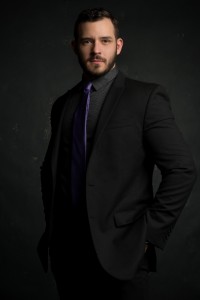

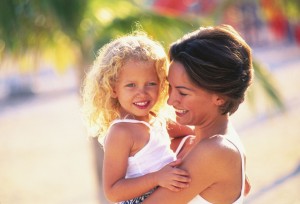


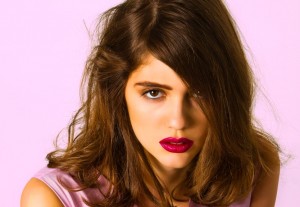 not, clients will come in to my studio and try to do their hair and make-up on their own. Sure, your normal ‘do looks great for your day-to-day activities but may not be a great choice for photos. The subtle details of your face get picked up in a big way on camera and everything is magnified.
not, clients will come in to my studio and try to do their hair and make-up on their own. Sure, your normal ‘do looks great for your day-to-day activities but may not be a great choice for photos. The subtle details of your face get picked up in a big way on camera and everything is magnified.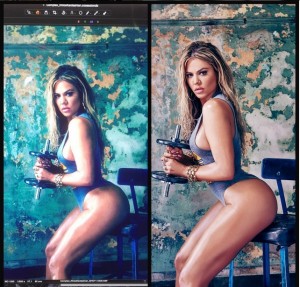
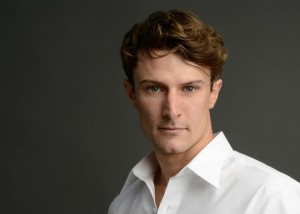

Subscribe to Beau’s Blog